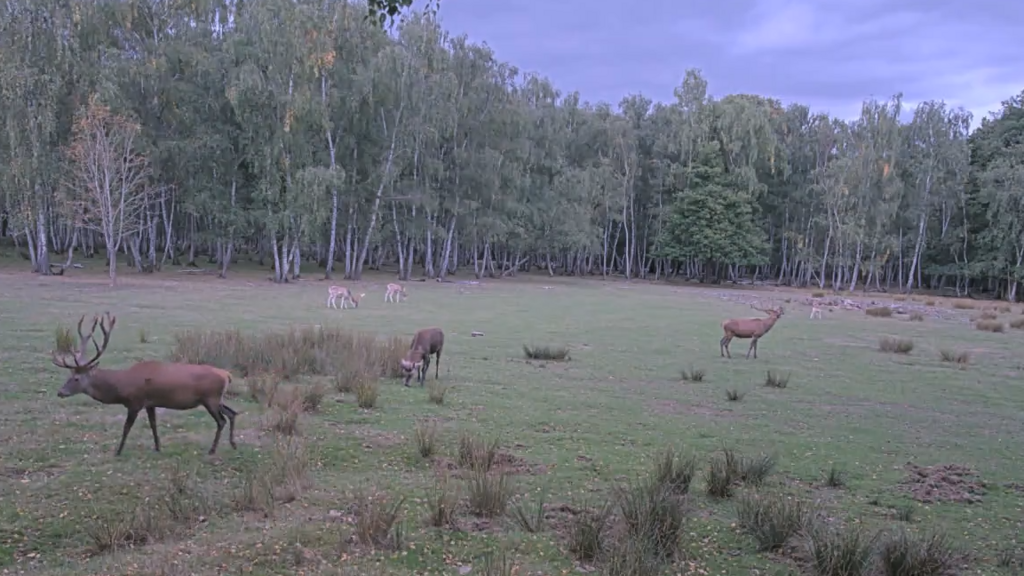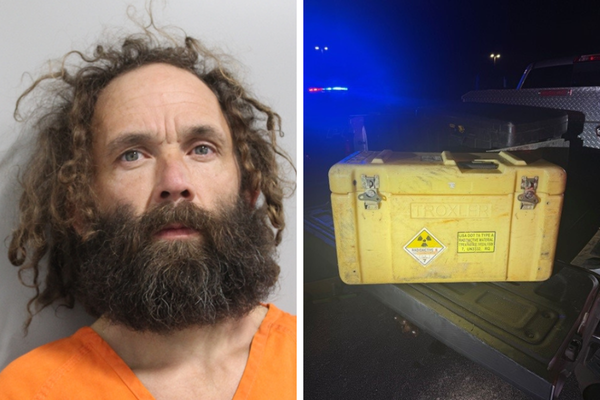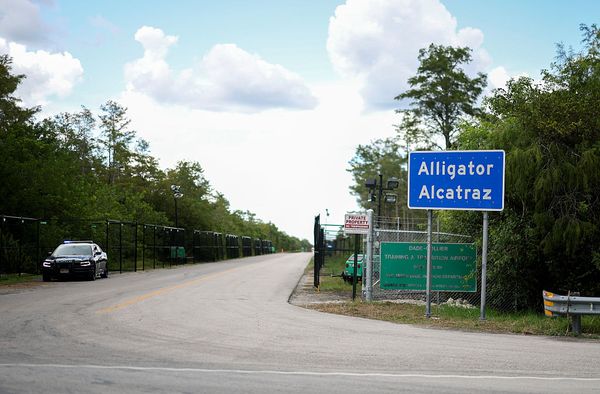
In a world of blink-and-scroll social media clips, the "slow television" trend is turning the ordinary into a spectacle, inviting viewers to linger over hours of unedited real life: a train inching through Norway’s snowy mountains, a stag calling in the forest, a crackling fireplace on a loop. It's television that dares to be uneventful, and has audiences hooked.
For media historian Barbara Laborde, of France's Sorbonne Nouvelle University, the appeal lies in making viewers rethink how they experience time, in a media landscape that can be over-stimulating.
RFI: What is slow TV?
Barbara Laborde: Slow TV unfolds over long stretches of time, unlike most TV formats that are tightly scripted and cut to fit short slots. It can last for hours, weeks or even months.
The deer-rutting season on France Télévisions ran for three weeks – more than 500 hours in total – which is rare for TV programming.
Slow TV has no script, no storyline, no narrator. It is more like a setup: you put cameras in place, film in a single continuous shot and see what happens.
RFI: When did the first slow TV programme appear?
BL: On Norwegian television, with a train journey. A camera was fixed to the front of the locomotive and viewers watched as it travelled all the way from Bergen to Oslo – more than seven hours.
France 4 later aired Tokyo Reverse, a nine-hour show following a man walking backwards through Tokyo.
The footage was played in reverse so it looked as if the crowd was moving backwards while he moved forward. The route was set, but beyond that anything could happen. It was nine hours of watching a city stroll.
RFI: Was new technology, such as webcams, key to making this possible?
BL: Yes. Before big broadcasters picked it up, it often started with individuals who simply set up a camera and let it run. Now we have long-life batteries and recharging systems that allow extended filming of almost anything.
RFI: What recent example struck you most?
BL: I was struck by nest boxes fitted with webcams that let people watch birds laying eggs and chicks learning to fly. At home you can now observe this quietly. At this year’s CES tech trade show in Las Vegas they even showed birdhouses with AI that can identify species.
RFI: It sounds a bit like those moments in a David Lynch film, between boredom and surprise...
BL: The point is to film the everyday in a way that makes it fascinating – even art. That was the idea of the avant-gardes of the 1960s.
Andy Warhol’s Sleep simply filmed his friend sleeping for hours. There was an artistic intention behind it.
The risk is endless streams of dull images. We have to judge which settings have artistic value and which do not. Watching someone do the washing-up for hours is not necessarily compelling.
From seduction to shamanism, dance has been universal for a million years
RFI: Does slow TV change our sense of time?
BL: We live amid constant noise, images and over-stimulation. A one-hour talk show is chopped into short clips online for quick viewing. That is the frenzy of today’s media.
Slow TV takes the opposite stance. It shows that TV can offer something else. It makes viewers rethink time, and the pace of television itself.
RFI: Are fireplace loops also a form of slow TV?
BL: Yes, historically it started there. A New York channel, WPIX, realised many city apartments had no fireplaces. In 1966 it aired The Yule Log – a 17-second loop of a burning log, broadcast for three hours without ads.
TV is a window on to elsewhere. With the deer-rutting show, you might watch for hours and see nothing – perhaps a wild piglet if you are lucky.
But that is part of the experience: accepting a slower rhythm and even the possibility that nothing happens.
RFI: Is there an audience for slow TV?
BL: We live in a frantic era with calendars, online meetings and constant notifications. We are always told to be on time, to rush to the next thing.
We forget how to sit still and simply watch. That is why slow TV appeals. It also fits with the booming wellness industry.
People turn to yoga, meditation, breathing exercises. Technology has sped up our lives, yet many of us want to step back, pause and breathe.
This interview was adpated from the original version in French and lightly edited for clarity.







